Healing Materials 202

Chakra’s
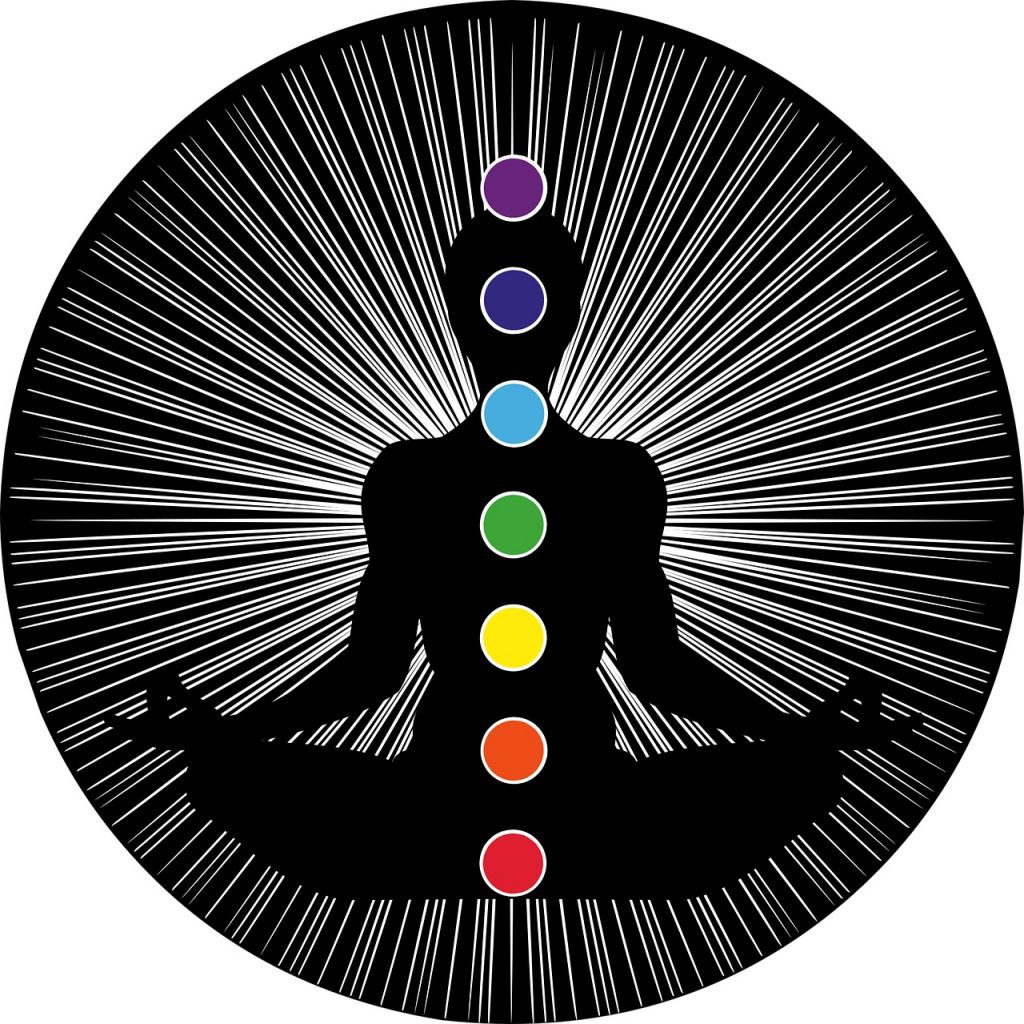
What are Chakra’s? The seven Chakras are the energy centers in our bodies in which energy flows through. Chakra means “wheel” in Sanskrit.
7. CROWN CHAKRA – (Sahasrara) – Located at top of head, this Chakra color is VIOLET or WHITE
6. THIRD EYE CHAKRA – (Ajna)- Located at the center of the forehead, between the eyebrows, this Chakra color is INDIGO
5. THROAT CHAKRA – (Vishuddha) – Located at the center of the neck. This Chakra color is BLUE
4. HEART CHAKRA – (Anahata) Located at the center of the chest. This Chakra color is GREEN
3. SOLAR PLEXUS CHAKRA – (Manipura) Located below the chest. This Chakra color is YELLOW
2. SACRAL CHAKRA – (Swadhisthana) Located just below the belly button. This Chakra color is ORANGE
1. ROOT CHAKRA – (Muladhara) Located at the base of spine. This Chakra color is RED
“A chakra is a swirling vortex of energy. Energy can be seen flowing into all chakras from the Universal Energy Field. Each swirling vortex of energy appears to suck or entrain energy from the Universal Energy Field. They appear to function as do fluid vortexes we are familiar with in water or air such as whirlpools, cyclones ,water spouts and hurricanes. The open end of a normal chakra in the first layer of the aura is about six inches in diameter at a distance of one inch from the body. Each of these vortices exchange energy with the UEF. Thus when we speak of feeling “open”, that is literally true. All the major chakras, minor chakras, lesser chakras and acupuncture points are openings for energy to flow into and out of the aura. We are like sponges in the energy sea around us. Since this energy is always associated with a form of consciousness, we experience the energy we exchange in terms of seeing, hearing, feeling, sensing, intuiting or direct knowing. In eastern esoteric literature, each of the 7 chakras is seen having a certain number of petals. On closer investigation, these petals appear to be small rotating vortices spinning at very high rates. Each vortex metabolizes an energy vibration that resonates at its particular spin frequency. The Sacral Chakra, for example, has six small vortices and metabolizes six basic frequencies of energy, and so on for each of the other chakras. The colors observed in each chakra are related to the frequency of energy being metabolized at its particular rate.” –Author Barbara Brennan from Hands of Light
Meditation
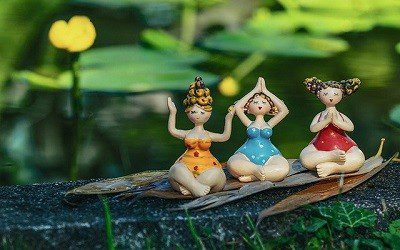
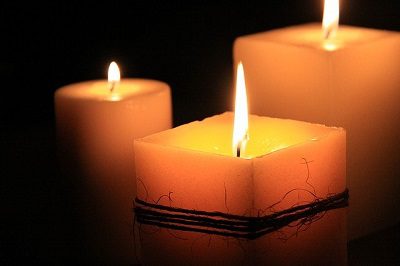
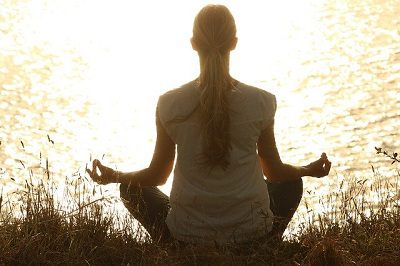
“What is Meditation?”
Meditation is something everyone can do to improve their mental and emotional health, it is an ancient tradition and is still practiced in cultures all over the world. Meditation is less about religion and more about altering consciousness, raising our vibration, finding awareness, and achieving inner peace. With a greater need to reduce stress in our busy schedules and demanding lives, meditation is growing in popularity.
Meditation is a set of practiced techniques that are intended to encourage a heightened state of awareness and focused attention. Research has shown that meditation can have both physiological and phycological effects on us.
Positive Benefits of Meditation Include:
- Reduce stress
- Manage anxiety or depression
- Better focus and concentration
- Promotes emotional health
- Enhances self-awareness
- Improves sleep
- Increases personal happiness and inner peace
There are many types of meditation techniques and practices for your perfect fit.
Deep Breathing


Deep Rhythmic Breathing encourages relaxation. A popular Deep Breathing technique is the 4-7-8 breathing pattern:
- Inhale for 4 seconds
- Hold for 7 seconds
- Slowly exhale for 8 seconds.
Basic, Healing Herbs – You can grow in your home or garden.
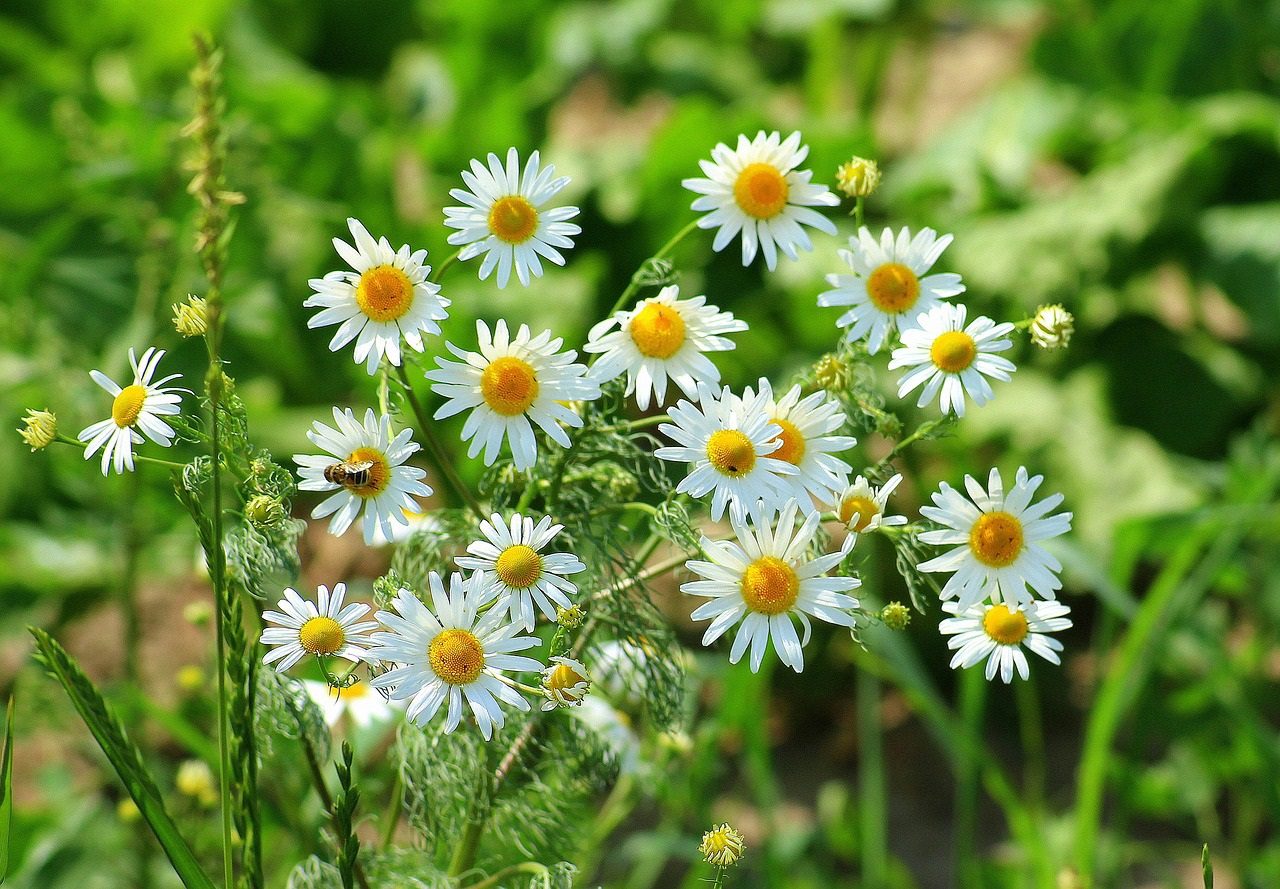
CHAMOMILE
There are MANY fantastic, in depth books written by experts on Herbs and their healing properties. Listed below are some basic bullet points about each herb. Keep in mind – flowers, leaves, roots and essential oils of any herb plant will have different uses and produce different medicinal properties to treat aliments.
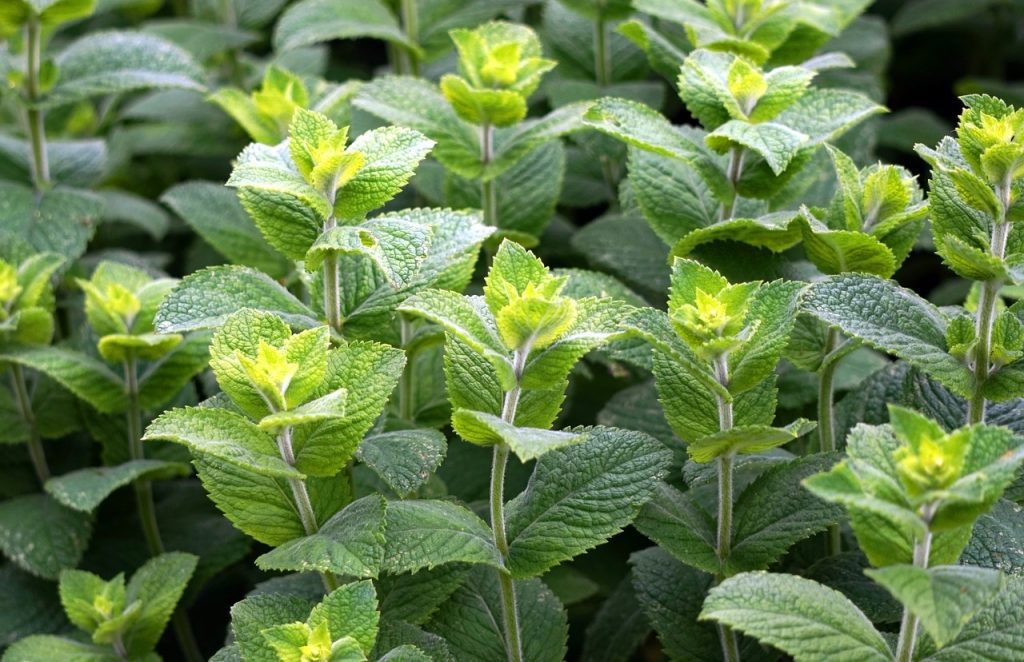
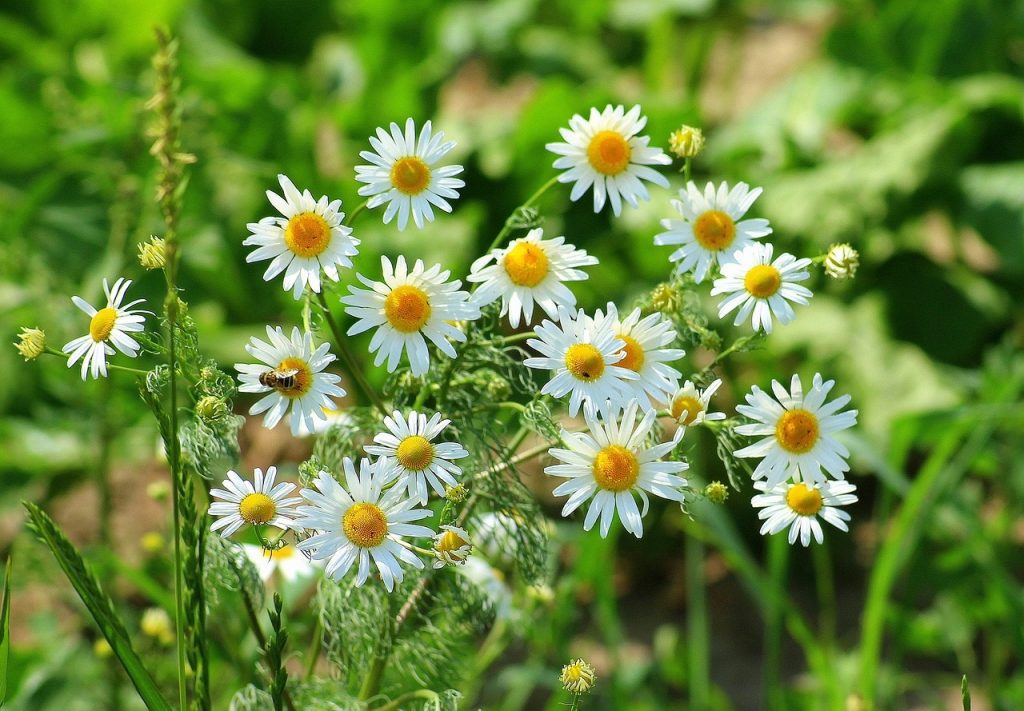
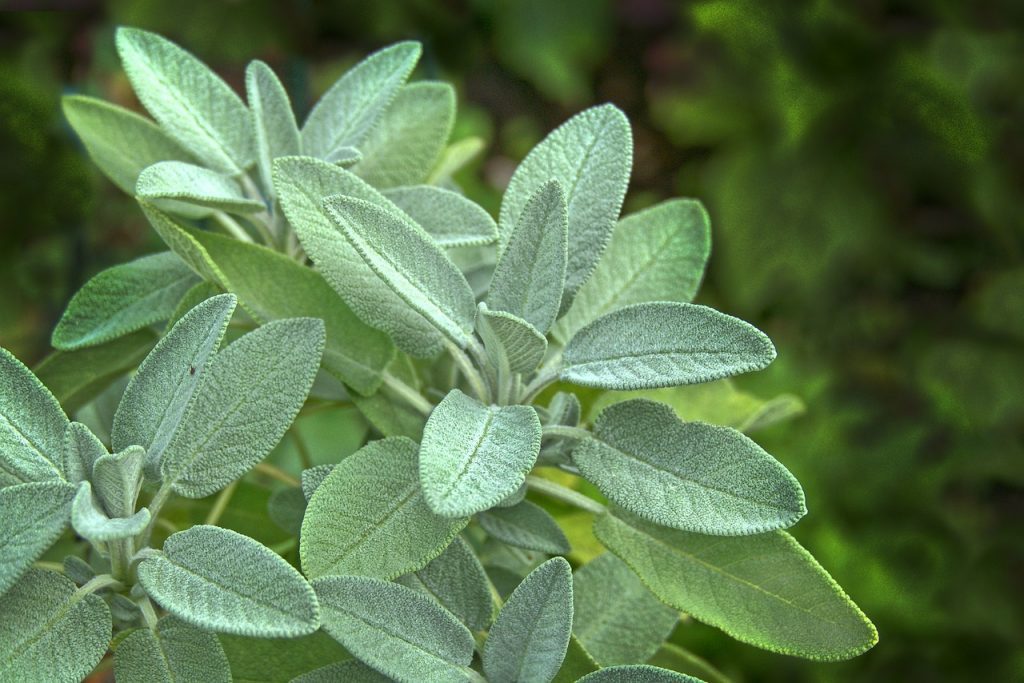
Peppermint
(Mentha Piperita)
Peppermint can help to relieve anxiety and maintain focus, encourage circulatory flow and treating lethargy. This herb can ease digestion upsets, gas, bloating and cramps. Peppermint is used for its properties as an antibacterial and antiseptic.
Chamomile
(Matricaria Recutita)
Chamomile promotes relaxation and supports digestive health. It is found in many lotions and hair products, in addition is very soothing to the skin. It’s anti-inflammatory compounds can alleviate itchy dry scalp which can lead to dandruff. This herb is often called a “cure all.”
Sage
(Salvia Officinalis)
Sage is full of antioxidants that boast anti-inflammatory properties. Sage can aid in improving memory in people who tend to be sluggish and have low cognition. Sage can help cure diarrhea and provide relief for soar throat, sunburns and the healing of cold soars.
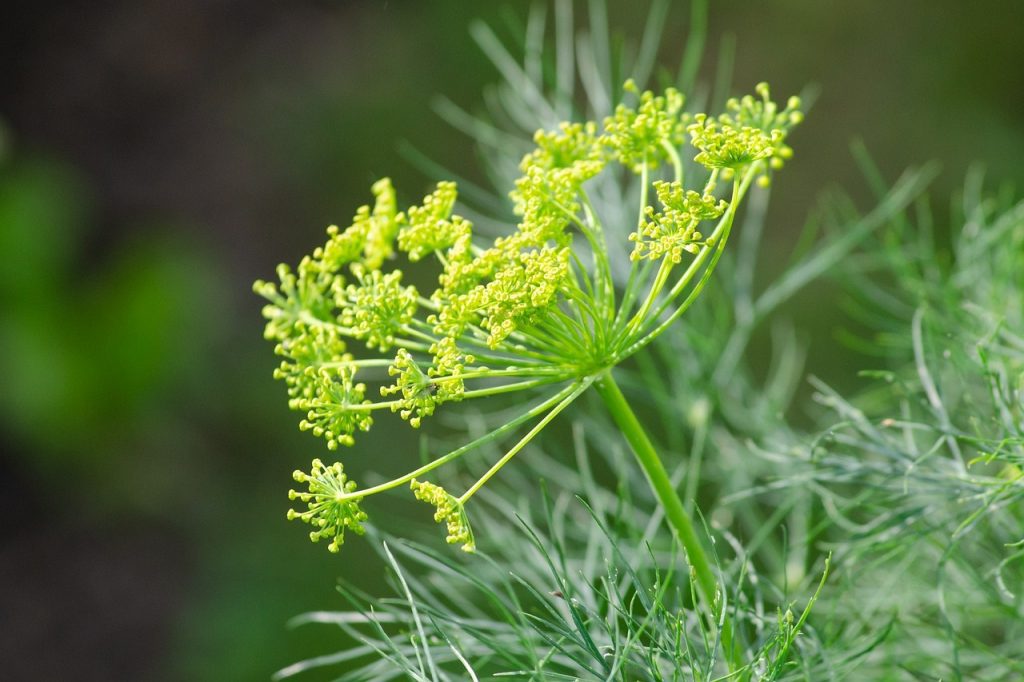
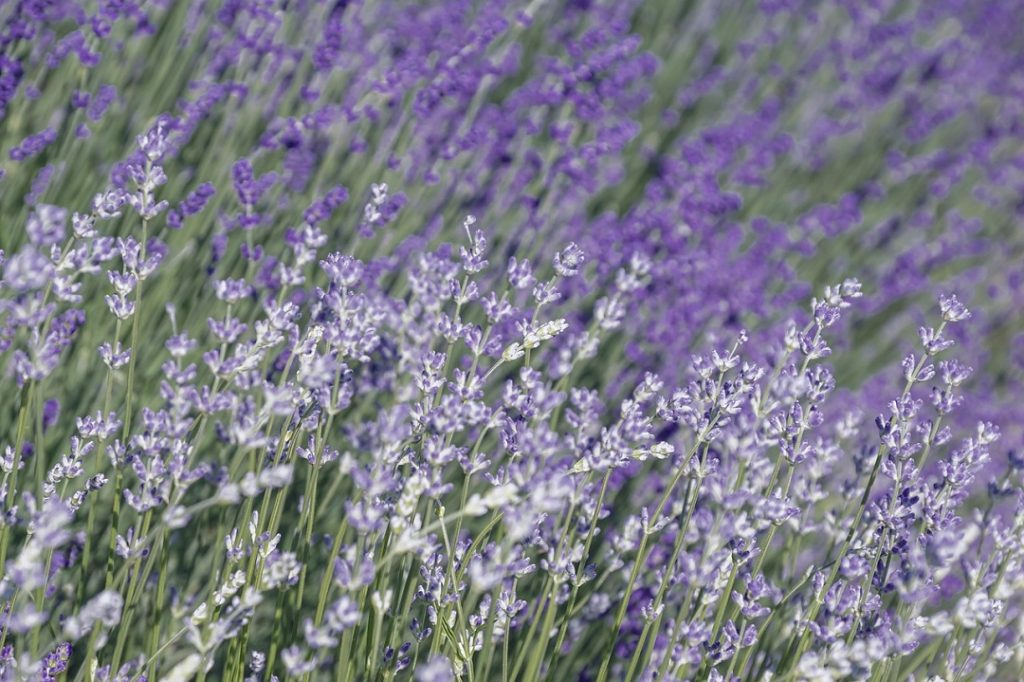
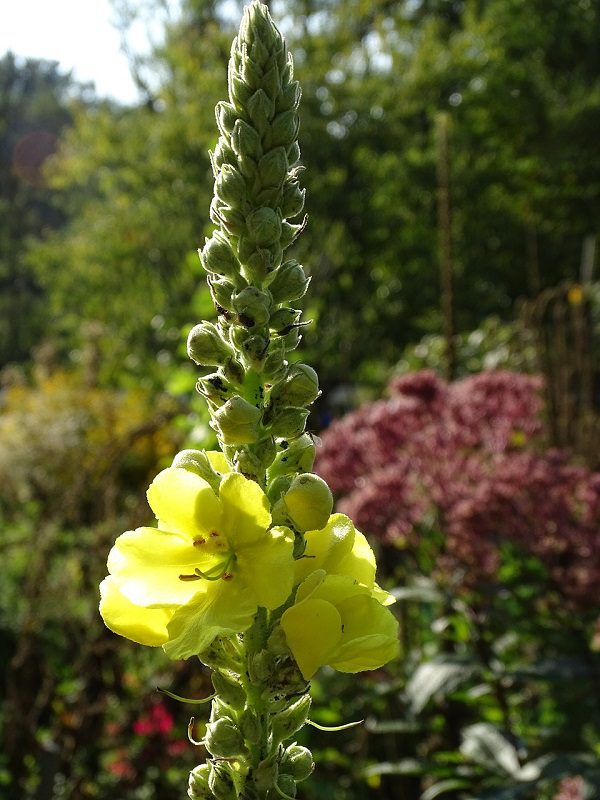
Dill
(Anethum Graveolens)
Dill weed sprigs have antiseptic, digestive and carminative properties. Dill relieves neurological symptoms, like headaches, and nervous irritability.
Lavender
(Lavandula Angustifolia)
Lavender is known for it’s characteristic sweet floral aroma. This herb will aid in lowering stress and anxiety levels. It will help to induce sleep and has anti-inflammatory properties, will treat hair loss, is a natural bug repellant and has diuretic properties.
Mullein
(Verbascum Thapsus)
Mullein has been used to combat respiratory ailments like cough,cold, bronchitis and helps treat infections, inflammation in the respiratory tract. It’s rich antioxidant properties help with bacterial and viral infections. Mullein can aid in sleeping disorders.